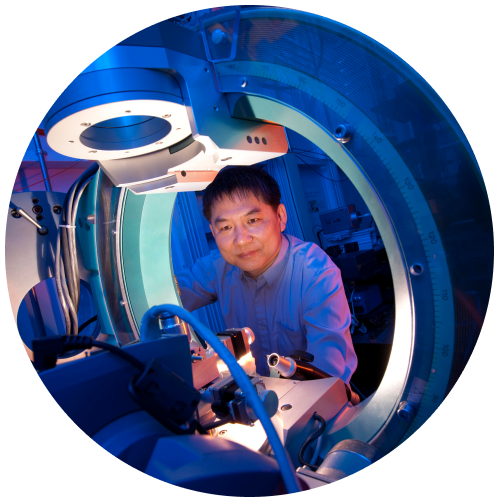Cluster 12
Exploring the Structure of Quantum Materials by Neutron Scattering and X-ray Diffraction*
Instructors:
Dave Belanger, PhD
UCSC Department of Physics
Scott Oliver, PhD
UCSC Department of Chemistry and Biochemistry
Prerequisite: Chemistry, Algebra
Summary: This cluster focuses on the scattering interaction between matter with matter and light with matter as well as their use in science. The most common techniques include X-ray and neutron scattering and diffraction. This topic is covered broadly from the fundamental mathematical theory to the experimental applications performed by scientists to the effects seen in everyday life. The importance of scattering and diffraction in the fields of physics and chemistry will be emphasized. The syllabus will include lectures, labs, field trips (e.g. SSRL), etc.
All students in this cluster will be enrolled in the following courses:




